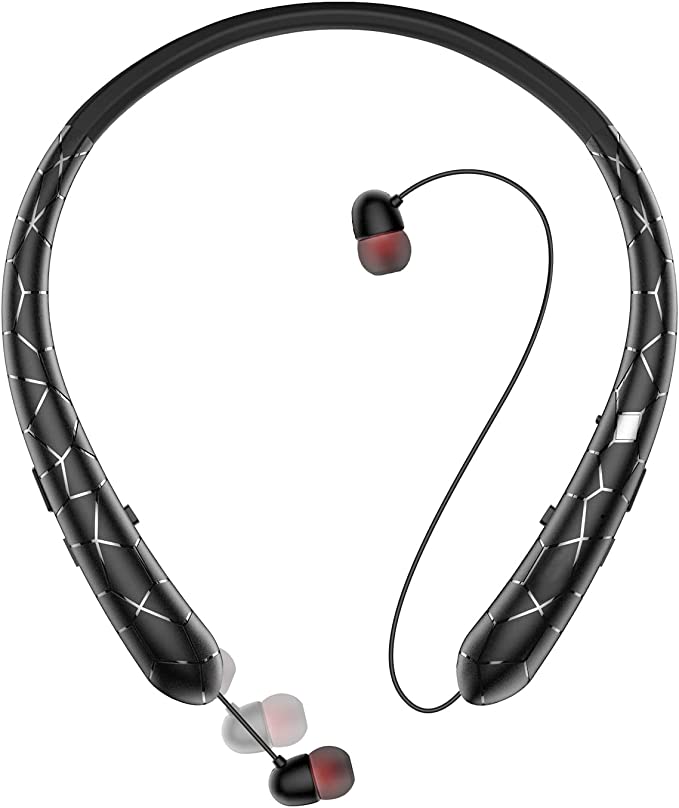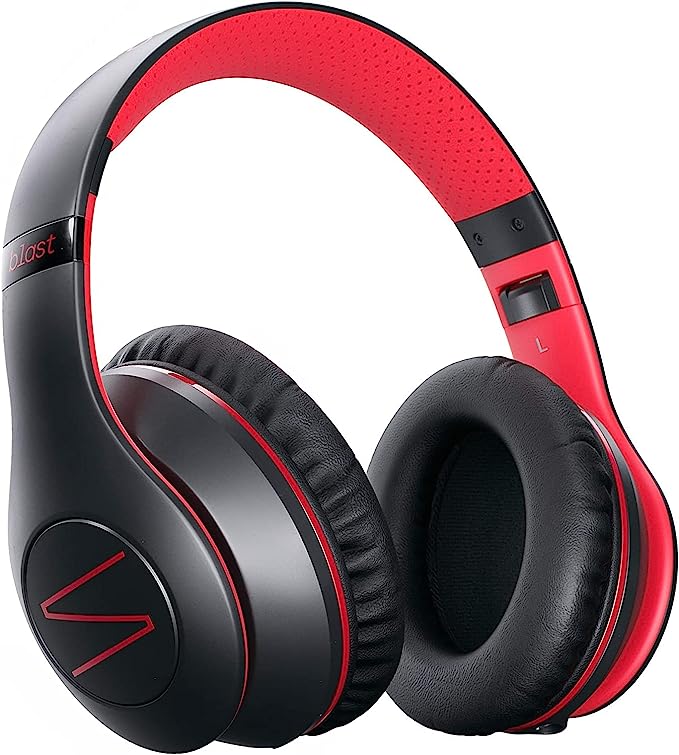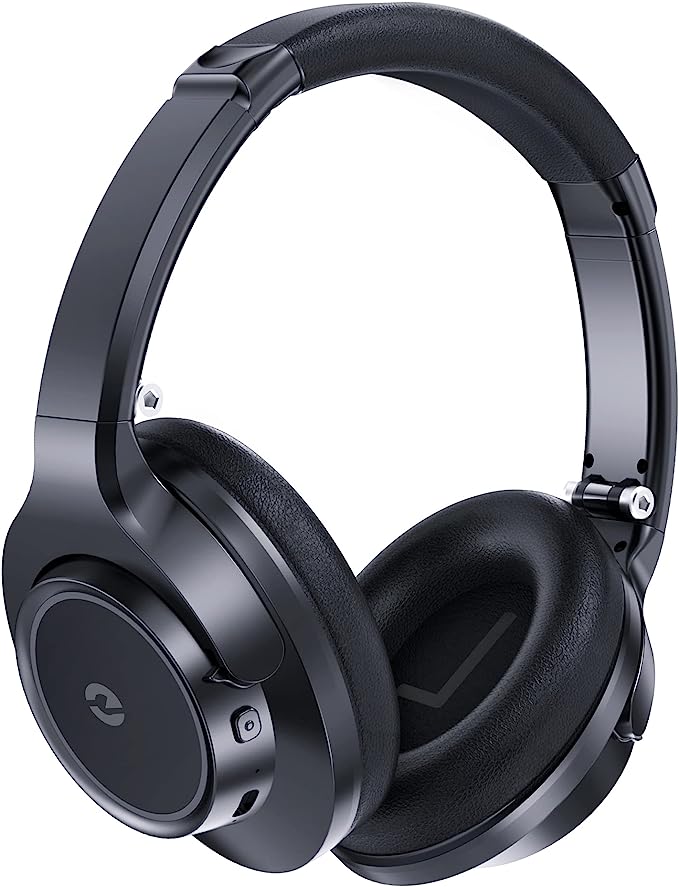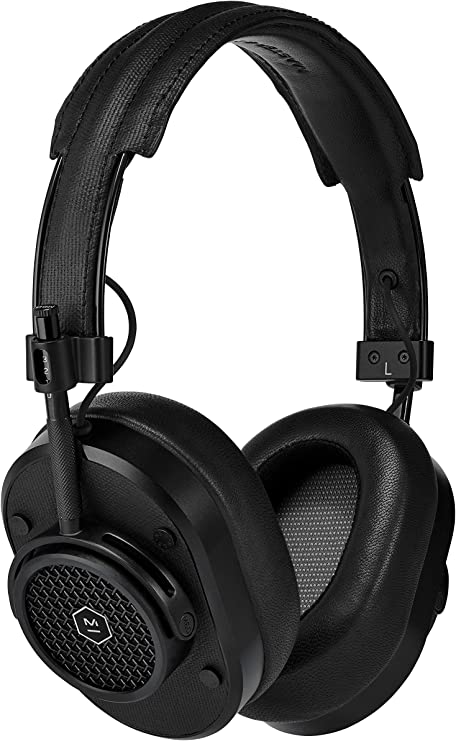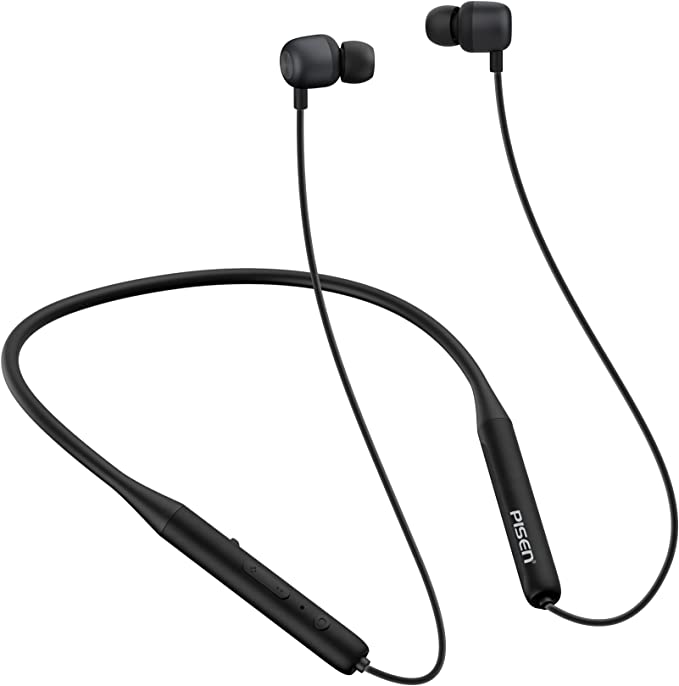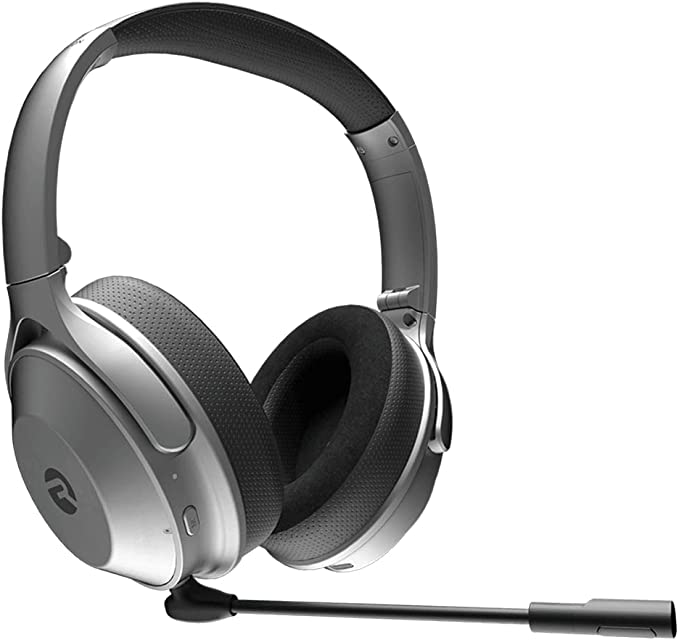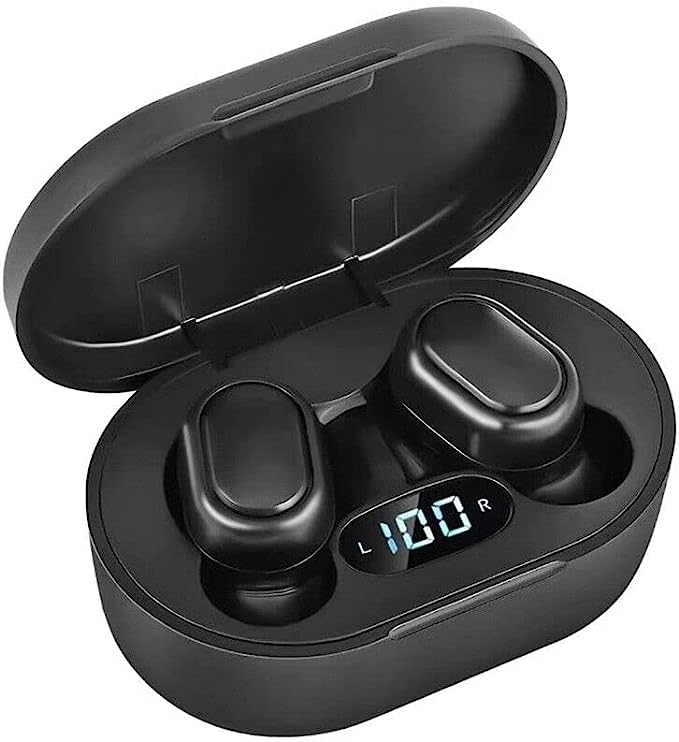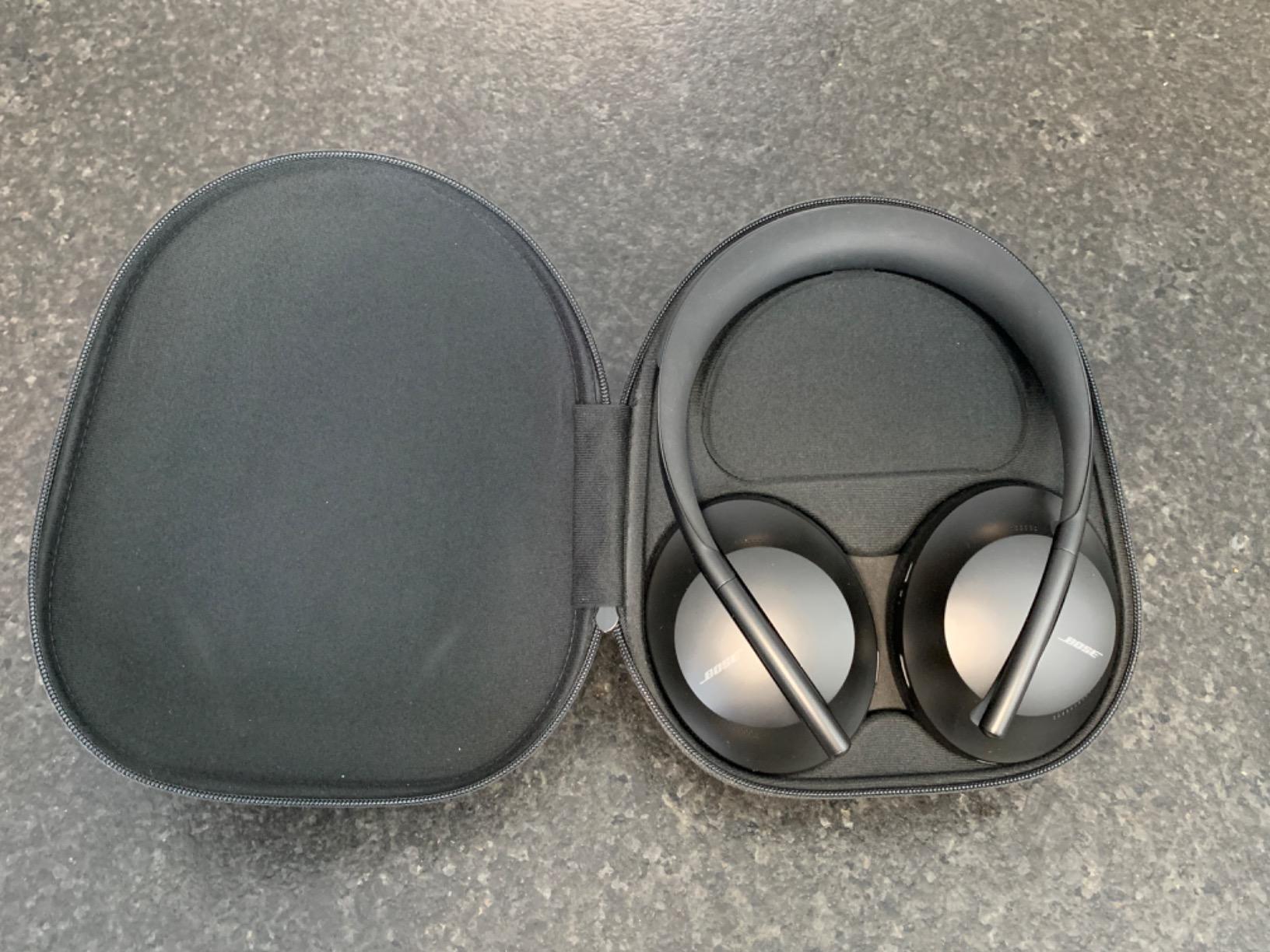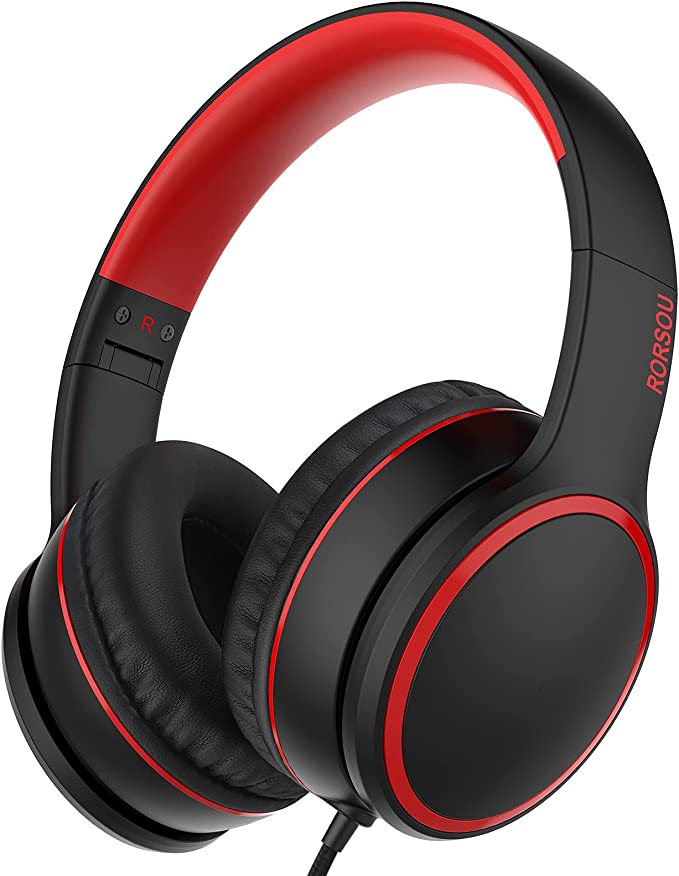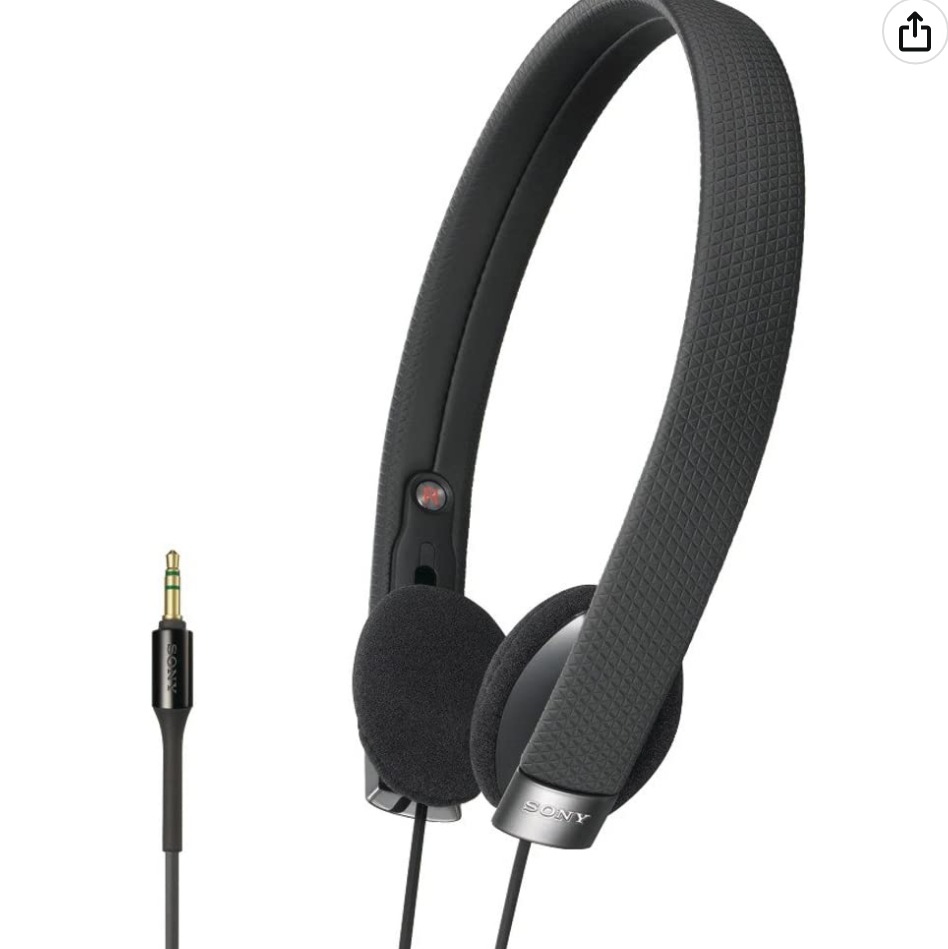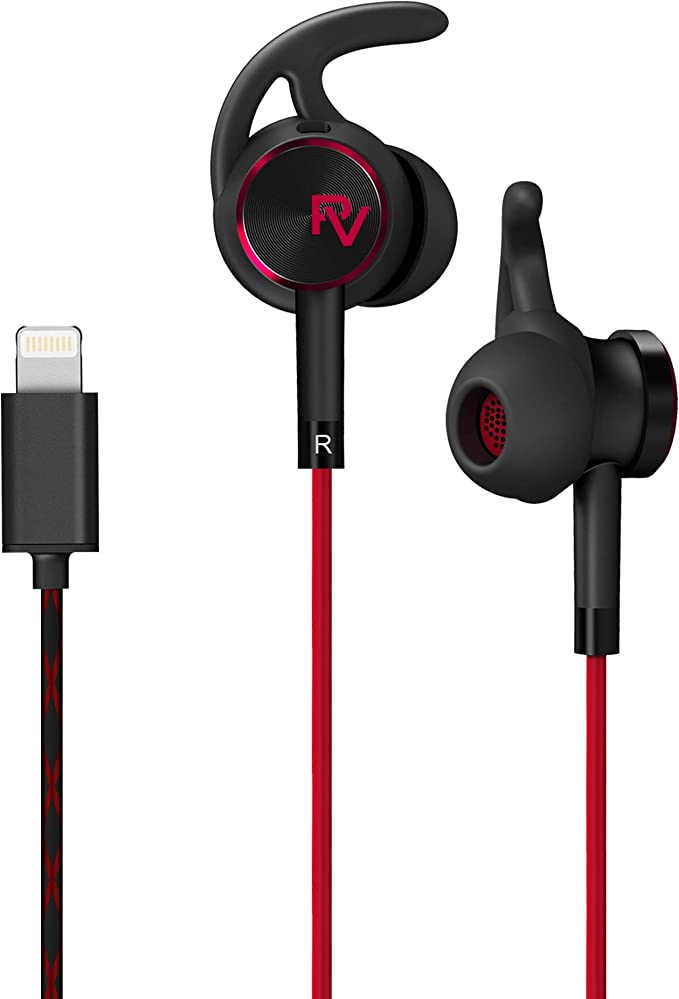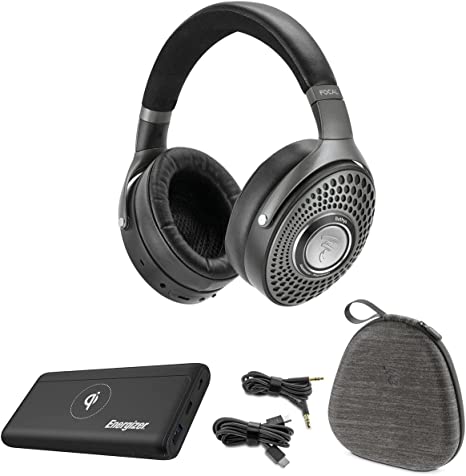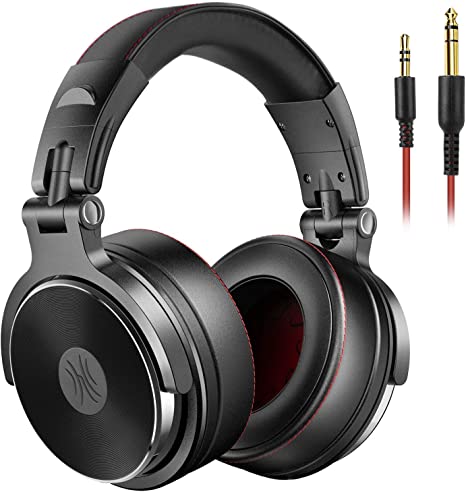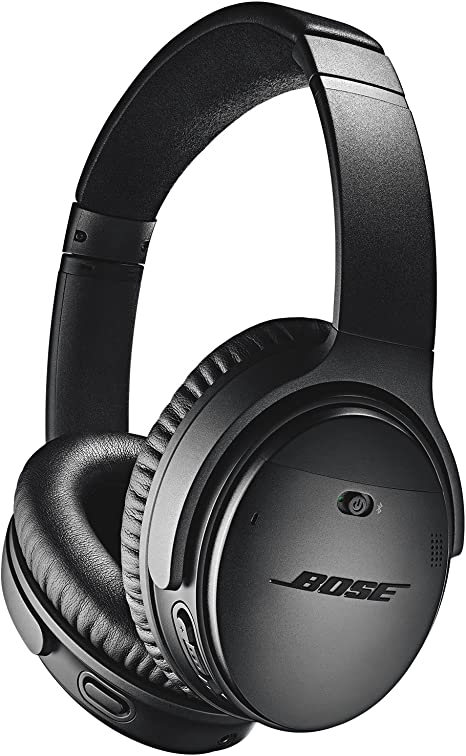Sennheiser HD 350BT: Wireless Freedom with Audiophile Sound
Update on Feb. 17, 2025, 2:50 p.m.
We live in a wireless world. From our phones to our homes, we’re increasingly cutting the cords and embracing the freedom of untethered technology. And when it comes to audio, that freedom is incredibly appealing. Imagine: no more tangled headphone wires snagging on doorknobs, no more being tethered to your desk during a conference call. But this wireless utopia often comes with a nagging set of anxieties. Will the sound quality be as good as wired headphones? Will the battery die at the worst possible moment? Will there be a frustrating delay between the audio and video when you’re watching a movie?
Sennheiser, a company with a rich history in audio engineering, offers the HD 350BT wireless headphones as a compelling answer to these concerns. These headphones aren’t just about cutting the cord; they’re about delivering a high-quality listening experience without the limitations of wires.

A Quick Dip into the Science of Sound
Before we dive into the wireless specifics, let’s touch on the basics of sound itself. Sound travels in waves, and these waves have two key characteristics: frequency and amplitude. Frequency, measured in Hertz (Hz), determines the pitch of a sound – how high or low it is. A low frequency corresponds to a deep bass note, while a high frequency corresponds to a sharp, high-pitched sound. Amplitude, on the other hand, determines the loudness or intensity of a sound. The human ear, in its prime, can typically hear sounds ranging from about 20 Hz to 20,000 Hz (20 kHz). This range is what quality headphones aim to reproduce accurately.

Decoding Wireless Audio: The Bluetooth & Codec Story
The magic of wireless headphones lies in Bluetooth technology. But what is Bluetooth, really? Think of it like a tiny, personal radio station built into your headphones and your phone (or computer, tablet, etc.). Instead of broadcasting Top 40 hits, it transmits digital audio data over short distances using radio waves. This “radio station” operates in a specific frequency band (around 2.4 GHz) that’s reserved internationally for industrial, scientific, and medical (ISM) devices.
But here’s the catch: raw, uncompressed audio data is too large to send efficiently over Bluetooth. It would be like trying to send a massive, high-resolution photograph over a slow internet connection. This is where codecs come into play.
A codec is essentially a translator. It encodes (compresses) the audio data on the sending end (your phone, for example) and then decodes (decompresses) it on the receiving end (your headphones). Just like different image compression formats (JPEG, PNG, GIF) result in different image qualities and file sizes, different audio codecs have a significant impact on the sound quality you hear.
Let’s break down the key codecs supported by the Sennheiser HD 350BT:
- SBC (Subband Coding): This is the “default” Bluetooth codec, the one that all Bluetooth audio devices must support. It’s like the basic, no-frills option. While it gets the job done, SBC often results in noticeable audio compression, especially at lower bitrates. The sound can be less detailed and clear.
- AAC (Advanced Audio Coding): AAC is a step up from SBC. It’s the standard codec used by Apple devices (iPhones, iPads, Macs) and is also widely supported on Android. AAC generally offers better sound quality than SBC at similar bitrates. It’s like upgrading from a standard-definition photo to a slightly higher-resolution one.
- AptX: Developed by Qualcomm, aptX is designed to deliver higher-fidelity audio than both SBC and AAC. It uses a more efficient compression algorithm, resulting in a richer, more detailed sound. Think of it as moving up to a high-resolution image – you can see more detail and clarity.
- AptX Low Latency: This is where things get particularly interesting for movie buffs and gamers. One of the biggest challenges with wireless audio is latency – the delay between when the sound is produced and when you hear it. This is often noticeable when watching videos, where the audio might lag behind the lip movements on screen. AptX Low Latency drastically reduces this delay, ensuring that the audio and video stay synchronized. It’s like having a perfectly timed conversation, with no awkward pauses or interruptions.
The Sennheiser HD 350BT’s support for all these codecs – SBC, AAC, aptX, and aptX Low Latency – means it can adapt to a wide range of devices and situations. If you’re using an iPhone, it will likely use AAC. If you’re using an Android phone that supports aptX, you’ll get even better sound quality. And if you’re watching a movie or playing a game on a device that supports aptX Low Latency, you’ll enjoy a seamless, synchronized experience. This versatility is further enhanced by the inclusion of Bluetooth 5.0. This latest version of Bluetooth offers several key advantages:
- Increased Bandwidth: Bluetooth 5.0 can transmit more data than previous versions, which is crucial for high-quality audio.
- Improved Range: You can move further away from your device without experiencing dropouts or interruptions.
- Lower Power Consumption: This contributes to the HD 350BT’s impressive battery life.
- Dual Audio: Allow to connect to two devices.
In essence, the combination of Bluetooth 5.0 and a comprehensive suite of codecs allows the HD 350BT to deliver a wireless audio experience that rivals wired connections, minimizing the compromises traditionally associated with Bluetooth headphones.

Beyond the Wires: Battery Life and the Power Within
Another major hurdle for wireless headphones is battery life. No one wants their music to cut out in the middle of a workout or their podcast to fade away during their commute. The Sennheiser HD 350BT addresses this with a remarkable 30-hour battery life on a single charge. This is significantly longer than many competing wireless headphones.
To understand how this is achieved, let’s briefly touch on the technology inside: the lithium-ion battery. These batteries, now ubiquitous in portable electronics, store energy through the movement of lithium ions between two electrodes – an anode (typically made of graphite) and a cathode (often a metal oxide). When the battery is discharging (powering your headphones), lithium ions flow from the anode to the cathode through an electrolyte, releasing energy in the process. When you charge the battery, you’re essentially reversing this process, forcing the lithium ions back to the anode.
The HD 350BT’s long battery life is a result of several factors: the energy efficiency of Bluetooth 5.0, the efficient design of the headphone’s internal circuitry, and, of course, a relatively high-capacity battery. While the exact battery capacity isn’t specified in the provided materials, 30 hours of playback time suggests a substantial power reserve.
And when it’s finally time to recharge, the HD 350BT features USB-C fast charging. USB-C has become the standard for charging many modern devices, offering several advantages over older USB connectors:
- Reversible Connector: No more fumbling to plug it in the right way!
- Faster Charging: USB-C can deliver more power than older USB standards, allowing for quicker charging times. Although the precise charging time for the HD 350BT isn’t stated in the provided materials, the presence of USB-C suggests a significantly faster charging experience compared to headphones using older micro-USB ports. Sennheiser’s documentation or the product packaging should provide the specific charging time.

Designed for Your Ears (and Your Life)
Beyond the impressive technical specs, the Sennheiser HD 350BT is designed with everyday usability in mind.
-
The Foldable Advantage: One of the most practical features is the foldable design. This allows the headphones to collapse into a more compact form, making them easier to store in a bag or backpack when you’re on the go. This is a significant advantage for travelers and commuters.
-
Controls and Voice Assistance: The HD 350BT features intuitive controls located on the earcups. These buttons allow you to adjust the volume, skip tracks, answer calls, and activate your device’s voice assistant (either Siri or Google Assistant, depending on your connected device). This hands-free control adds a layer of convenience, allowing you to manage your audio and stay connected without having to reach for your phone. The buttons are: Power button, Volume up/down, a multi-function button, and a dedicated Voice Assistant button.
-
Comfort Considerations: The earcups are padded, designed to provide a comfortable fit over your ears. However, some user reviews (as noted in the provided materials) suggest that the earcups might be on the smaller side. This is a subjective factor, and comfort will vary depending on individual ear size and shape. While the headphones are generally described as comfortable for extended use, those with larger ears might want to consider this aspect. The headband is also adjustable to accommodate different head sizes. The materials used likely include a combination of high-quality plastics for the housing, protein leather (a synthetic material designed to mimic the feel of real leather) for the earpads, and possibly some metal components for structural reinforcement. The exact material composition would be detailed in the full product specifications.

A Heritage of Sound: The Sennheiser Story (Briefly)
Sennheiser isn’t just another headphone company; it’s a brand with a long and respected history in the audio industry. Founded in 1945 in Germany, Sennheiser has consistently pushed the boundaries of audio technology, developing innovative microphones, headphones, and other audio equipment. This legacy of expertise is reflected in the HD 350BT, which benefits from decades of research and development in sound reproduction.
A Balanced Perspective
While the HD 350BT offers a compelling combination of features and performance, it’s important to acknowledge its limitations. The most notable omission is active noise cancellation (ANC). ANC technology uses microphones to detect ambient noise and then generates sound waves that cancel out that noise, creating a quieter listening environment. The HD 350BT relies solely on passive noise isolation, which is the physical blocking of sound by the earcups. While this can be effective to some extent, it’s not as powerful as ANC, especially in very noisy environments like airplanes or busy city streets.
The other potential drawback, as mentioned earlier, is the size of the earcups. While many users find them comfortable, those with larger ears might find them a bit snug.
The Wireless Future (and where the HD 350BT fits)
The world of wireless audio is constantly evolving. We can expect to see even lower-latency codecs, improved battery technology, and more sophisticated features like spatial audio (which creates a more immersive, three-dimensional soundstage) become more commonplace in the future. The HD 350BT represents a solid step forward in this evolution, offering a well-rounded package that balances sound quality, battery life, and convenience at a competitive price point.

Conclusion: Weighing the Pros and Cons
The Sennheiser HD 350BT isn’t about flashy gimmicks or over-the-top promises. It’s a well-engineered pair of wireless headphones that delivers on the core essentials: excellent sound quality (thanks to its support for high-quality codecs), exceptionally long battery life, and a comfortable, portable design. While the lack of active noise cancellation might be a dealbreaker for some, the HD 350BT offers a compelling value proposition for those who prioritize audio fidelity, long listening sessions, and the convenience of wireless freedom. It’s a testament to Sennheiser’s commitment to quality audio, offering a listening experience that’s both immersive and practical for everyday life.






